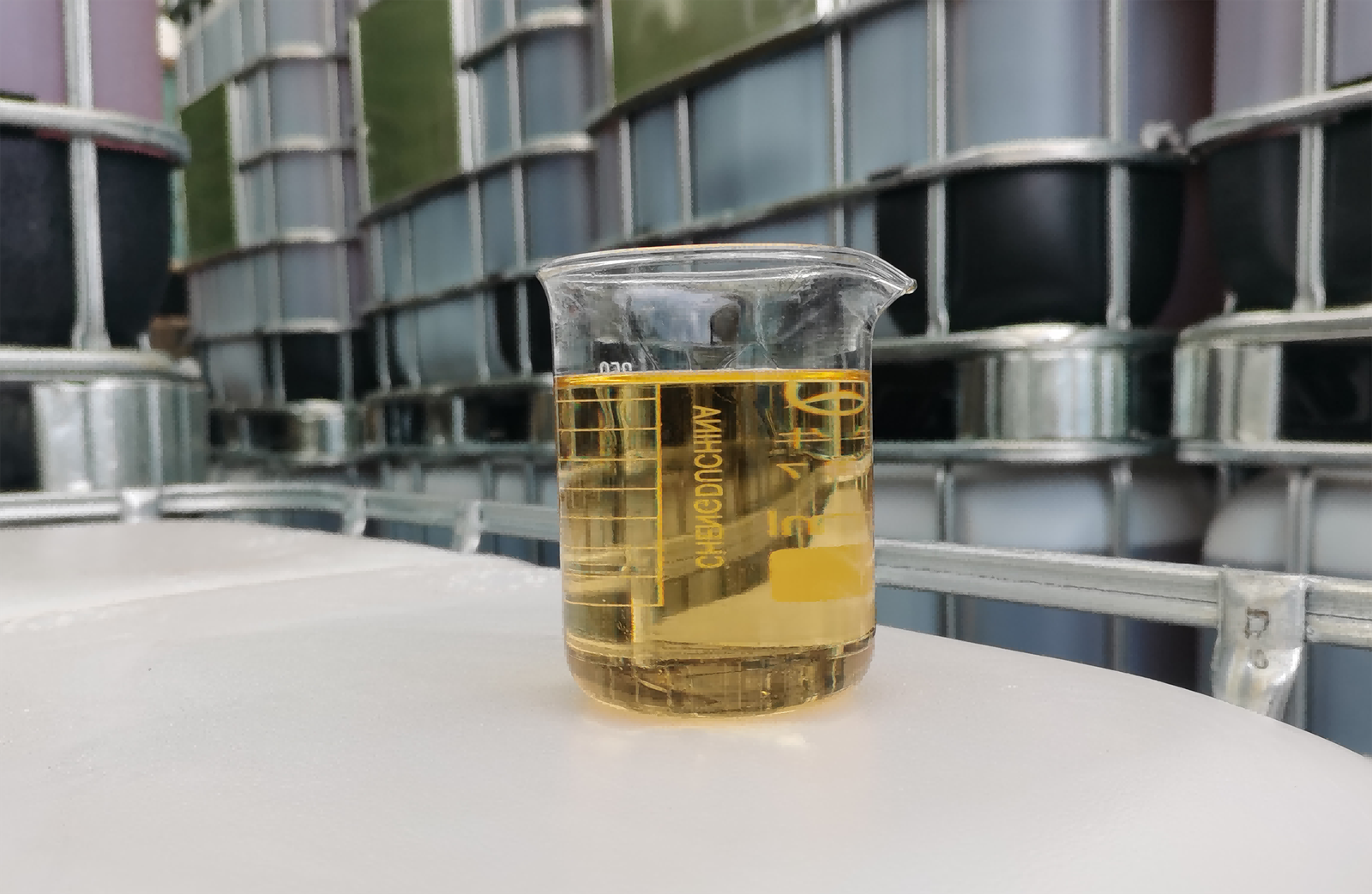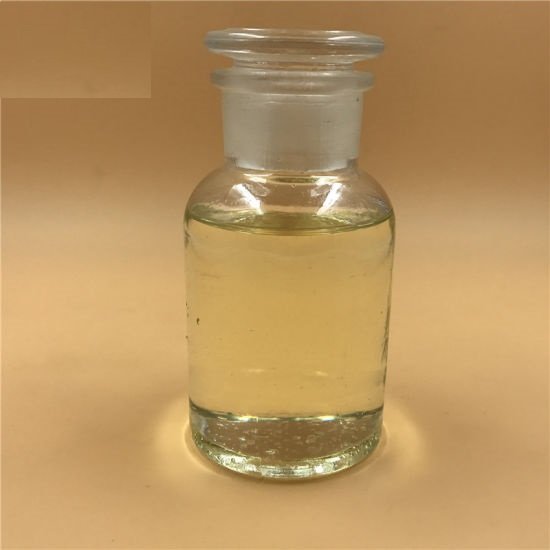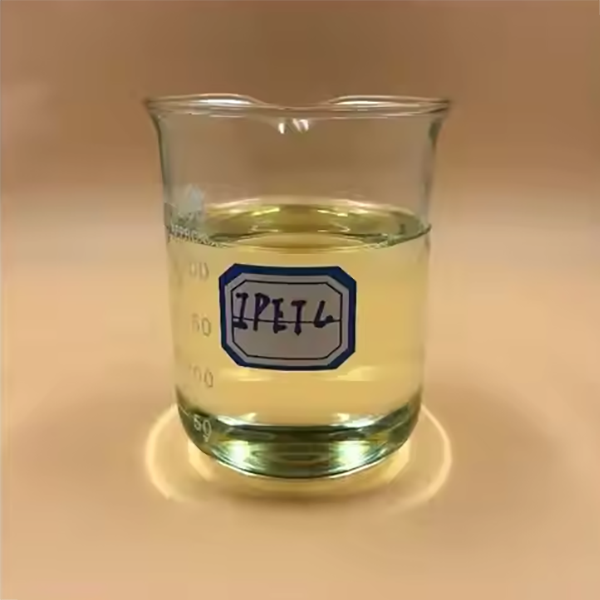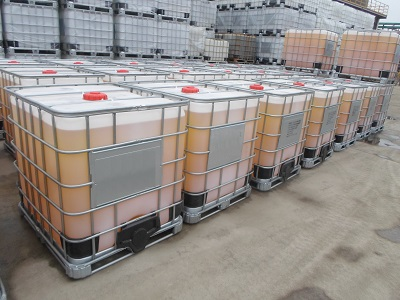Isopropyl Ethyl Thionocarbamate (IPETC): An In-Depth Overview
Isopropyl Ethyl Thionocarbamate (IPETC) is a robust industrial chemical composed of carbon, hydrogen, nitrogen, oxygen, and sulfur. Known for its unique properties and versatility, IPETC plays a vital role in various industrial processes, especially in the mining and mineral processing sectors.
Catalog

Key Applications and Benefits
IPETC offers several advantages in industrial applications, including:
Mineral Flotation:
It acts as an effective collector for non-ferrous metallic sulfide minerals. Its use enhances the flotation of tarnished or slightly oxidized minerals and provides a targeted response against pyrite during sulfide processing. This selectivity also translates into outstanding flotation performance for various copper minerals.Process Activation:
Beyond flotation, IPETC serves as an activator in many manufacturing processes. It can function as both a reducing and oxidizing agent depending on the system, making it highly adaptable.Enhanced Foaming:
The compound exhibits superior foaming properties compared to traditional xanthates, making it particularly valuable in copper-molybdenum and copper-gold flotation circuits.

Chemical and Physical Properties
Molecular Composition:
IPETC has a molecular formula of (CH₃)₂CHOC(S)NHC₆H₅, which is often represented as C₆H₁₃NOS.Physical Appearance:
Typically, IPETC is encountered as an oily liquid with a dark brown or amber coloration. Its distinct look helps in identifying the compound in various industrial settings.


Safety and Handling Considerations
While IPETC is considered less toxic compared to many industrial chemicals, caution is still necessary:
Health Impacts:
Direct contact with the skin or eyes may cause irritation or a burning sensation. Additionally, there is evidence that the compound can mildly disrupt normal nerve signal transmission. Therefore, using appropriate personal protective equipment (PPE) is essential.Chemical Compatibility and Hazards:
IPETC is non-combustible and stable under standard conditions. However, it is incompatible with a range of chemicals, notably oxidizing agents. Its vapors can travel and, if they reach an ignition source, potentially cause a flashback and explosion. Hence, it must be handled and stored with care—ideally in a cool, ventilated area away from direct sunlight and heat.Thermal Decomposition:
When heated, IPETC can decompose to form carbon oxides and sulfur oxides, underlining the importance of strict temperature control during processing and storage.

Solubility, pH, and Electrolytic Nature
Solubility:
IPETC is insoluble in water and unstable in aqueous dilutions. However, it dissolves easily in organic solvents such as alcohol, diethyl ether, benzene, and petroleum ether.pH Characteristics:
Under typical operating conditions, solutions of IPETC are basic, with pH values ranging from 8 to 12. The exact pH may vary based on the specific type of collector used in a process.Electrolytic Behavior:
Unlike many compounds, IPETC does not dissociate into ions and is therefore classified as a non-electrolyte.

Environmental Impact and Disposal
When disposed of, IPETC shows limited environmental persistence:
- Degradation and Leaching:
If released into the environment, it may evaporate or undergo partial biodegradation in soil. Some leaching into groundwater is possible, though it does not tend to bio-accumulate or exhibit high toxicity toward aquatic life. This makes it somewhat permissible for controlled drain disposal under appropriate conditions.

Comparison with Isopropyl Alcohol
Despite some similarities in name, IPETC and isopropyl alcohol differ significantly:
- Manufacturing and Use:
IPETC is specifically utilized in the mining industry as an efficient collector for metallic minerals, while isopropyl alcohol is widely employed in the production of beverages, additives, acetic acid, fuels, and various other applications. - Physical and Chemical Properties:
Their physical appearances and production processes are distinctly different, underscoring the specialized use of each chemical.

Conclusion
Isopropyl Ethyl Thionocarbamate (IPETC) is a key player in the realm of industrial chemicals. Its effectiveness as a mineral collector, along with its role as an activator and its superior foaming characteristics, make it indispensable in modern mining and processing operations. While it is relatively low in toxicity, proper safety protocols—including adequate ventilation, protective gear, and careful storage—are crucial to ensure safe handling. With its unique blend of properties, IPETC continues to support a range of industrial applications and remains a critical chemical in today’s manufacturing landscape.
Where can I buy Isopropyl Ethyl Thionocarbamate?
Here Isopropyl Ethyl Thionocarbamate ls for sale. These chemicals are avallable in Intermediate Bulk Containers (IBCs) and plastic drums of various capacities if you want a big proportion.WITSTONE has been directly exporting lsopropyl Ethyl Thionocarbamate to consumers all over the world.
If you still have questions about IPETC or any other chemical compound, please feel free to contact at feronia@wit-stone.com | +86-15655559799



